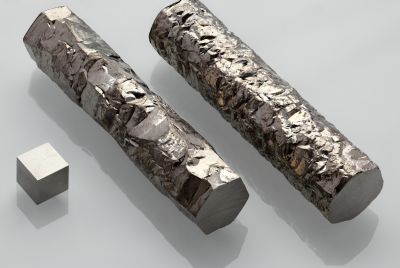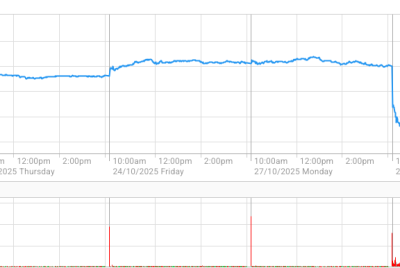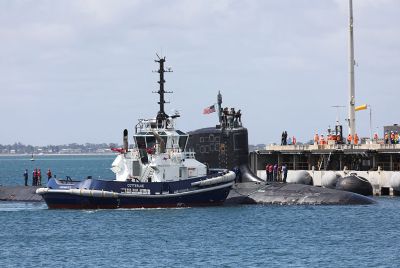Diving deeper into nautical archaeology

The world is packed to the brim with stories of past civilisations ranging from the establishment of new societies to the destruction and loss of colonies. Some of these stories can be found in literature and art. Meanwhile, some of them can be seen in the form of artefacts and relics. Most of these remnants of history end up stashed away from society and either buried underground or submerged underwater.
What is nautical archaeology
Archaeology brings light to the mysteries behind recovered remains. To further elaborate, Merriam-Webster defines it as the study of mementos left behind by societies past in order to unlock new knowledge stored in these relics and understand how human life was back then.
According to the United Nations Underwater Cultural Heritage, the number of shipwrecks around the world is estimated to have reached three million. Some of these sunken ships are older than the current society, and they can contain a lot of information concerning the past lives of humans belonging to a particular point of time.
With the help of nautical archaeology, man has a way to decipher and comprehend the stories that have sunk and been claimed by ocean waters. He also has a way to preserve these objects thanks to this certain field. Science Clarified defines it as the discipline of searching, recovering and maintaining objects that have existed in the past and apprehending the information that can be obtained from these objects through in-depth studies.
Compared to typical archaeology where practitioners go on expedition sites to look for traces of the past on or below the surface of the earth, nautical archaeology is the newer of the bunch. The technological advancements that emerged along with the progression of time paved the way to help archaeologists in heading to the depths that are difficult to be reached because of the hazards these uncharted territories present.
Upon hearing the term “nautical archaeology,” most people associate it with archaeology concerning the vast waters of the earth. However, some people think that the term is a specific subgenre of underwater that is focused on ships and navigating through the water.
Organisations
Various organisations aim to centre their efforts on learning more about humans of the past. One of them is the Institute of Nautical Archaeology (INA), a non-profit research organisation. It was established by Dr. George F. Bass in 1972, making it the oldest organisation within the field. Dr. Bass is considered to be the father of underwater archaeology.
INA had various projects conducted all over the world such as shipwreck surveys in Albania, Egadi Islands, the Anaxum River and the Azores. Other projects include shipwreck excavations of the Gnalić in Biograd Na Moru, Croatia; the Glass Wreck in Serçe Limanı, Turkey; and a Greek merchant ship in Kyrenia, Cyprus.
Another organisation is the Nautical Archaeology Society (NAS). It is based in the United Kingdom and has established connections with other similar organisations to work on promoting the cause of letting everyone have access to maritime heritage in the world and learn more about nautical archaeology.
Aside from projects like the Purton hulks in the UK and the Steam Trawler Sheraton in Norfolk’s Hunstanton Beach, NAS also publishes a newsletter called Nautical Archaeology quarterly and an academic journal named International Journal of Nautical Archaeology.
Companies
There is also an advent in companies that are dedicated to exploring shipwreck sites to recover ships and/or artefacts that have sunken along with the ships. One company is Blue Water Ventures International, Inc. (OTC: BWVI) (BWVI) . Finance industry expert W. Keith Webb founded the company in 2005.
Based in Florida, BWVI is driven by the sense of adventure in uncovering the past. It works on salvaging artefacts and treasures within shipwreck sites underwater with the aid of various technologies like naval satellite imaging and side scan sonars.
However, the company does not stop there. It also preserves the relics it has to teach people more about the stories behind the artefacts and ignite their interests in meteorology, archaeology, the geography of the earth’s immense oceans and the history of the Western Hemisphere.
Through its collaboration with museums and educators, BWVI also seeks to teach the new generation about the intricate processes it undertakes to look for and acquire treasures.





















